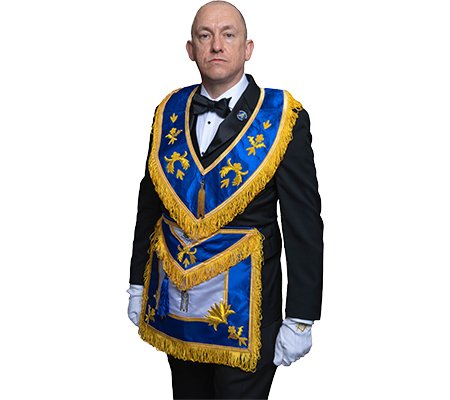
Greetings Brethren, family, and friends of Lodge 542! Despite the unexpected heatwave that is currently upon us, we are heading for the Autumnal Equinox, which is the beginning of the Fall season. Besides the change of seasons, this Equinox symbolizes balance. It provides us with an opportunity to reflect on the balance in our own lives and adjust if necessary.
Equinox means “equal night” in Latin. It symbolizes the points of the year when the sun crosses the equator, splitting day and night into two, equal parts. In the Northern Hemisphere, the Autumnal Equinox marks the Sun crossing the equator as its rays move further south, moving towards winter. The Vernal Equinox – or first day of Spring – is the opposite function: The Sun’s rays moving north, ushering in Spring and Summer. Both equinoxes occur at the same time in the Southern Hemisphere, but with the Sun ushering in the opposite seasons due to the angle of the Earth’s axis. This consistency and equality of day and night makes the equinoxes symbols of balance across the world and within many belief systems, including Freemasonry.
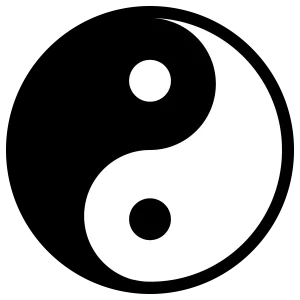
One of the most notable symbols of balance is the yin-yang. It represents two opposing – yet complimentary – forces, balancing each other and containing a trace of the other (neither being absolute). It represents the dichotomy of light/darkness, activity/passivity, good/evil, force/restraint, and so on. It has the appearance of a moving cycle rather than a state of being, like the Wheel of Fortune (the archetype, not the game show), cycling through the ups and downs of life.
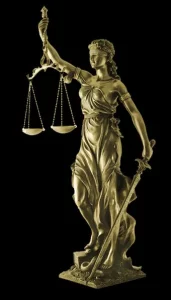
A popular Western symbol of balance is the scales. Libra (“balance” in Latin) is the astrological sign in which the Sun enters at the Autumnal Equinox, named after the constellation of the same. The Romans expanded this interpretation by fusing the constellation of Libra with the nearby Venus to form Justitia, or Lady Justice, holding the scales. Lady Justice’s blindfold denotes impartiality. Her scales weigh the evidence to the truth, and the punishment to the crime. Her sword represents the swiftness of that punishment. In her hands, the scales represent the measure of moral conduct.
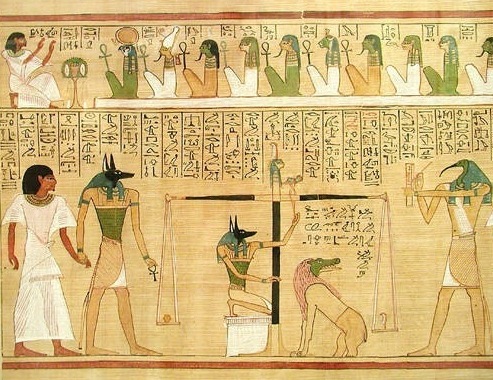
One final archetype, similar to Lady Justice, is Anubis. Anubis is the Egyptian god of the afterlife, depicted as a man with a dog’s head. Before the soul of a recently deceased person can enter the land of the dead, it must face an ordeal from Anubis. Anubis uses a scale to compare the weight of one’s heart against that of a feather. Admission is only granted to those without a heavy heart; those who have led a good and moral life.
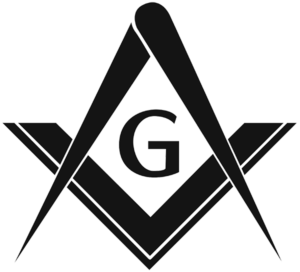
These concepts of morality and balance play an important role in Freemasonry. Masons are also taught to adhere to a life of moral conduct. If a Mason was ever to face an ordeal like that of Anubis, he should pass with flying colors. Besides being the right thing to do, this moral conduct is a positive reflection upon the fraternity, sets a standard, and a creates a beacon for like-minded men, interested in Freemasonry.
Masons also learn to find and maintain balance in their lives. One cannot erect a solid building upon an imbalanced foundation. Nor can one build a noble life upon one either. It’s important to keep all aspects of one’s life in balance: family, health, career, social obligations, spirituality, etc. For example, a workaholic is putting in all those hours at the office, at the cost of working out and taking care of his body. A Mason who attends Masonic meetings and functions every, single night of the week, does so at the cost of spending time with his family. Maintaining this balance isn’t always easy, but it’s important.
Is your life out of balance right now? Take a moment to reflect on what’s important to you, how you’re spending your time, and whether you’re investing your time in what’s important to you. If not, there are plenty of options and countless resources to get it back on track. The first step is evaluating where you invest your time every day. The results may surprise you! Once you discover how you’re spending your time, take a moment to assess how you want to spend your time, and build a plan to establish the latter.
Countless resources exist for recalibrating one’s life, but I’ll leave you with a few I found useful. I recently read Atomic Habits by James Clear. In this book, Clear states, “Every action you take is a vote for the type of person you wish to become (p. 38).” If your actions aren’t focused on achieving your desired outcomes, they’re actually working against you. Clear shows how to establish productive habits, aimed at desired outcomes, and eliminate negative habits that keep desired outcomes out of reach.
The perfect compliment to this focus on good habits is time management. You have 24 hours in a day. Find the way to spend most of them on what’s important to you. For me, reading the works of business and leadership guru Stephen Covey was the tipping point to becoming an efficient person. His book First Things First taught me how to make the most of my time by identifying and prioritizing important tasks. “First things first” is only one component of his magnum opus, The 7 Habits of Highly Effective People, which expands into the areas of planning, leadership, communication, collaboration, and self-development. His works are worth reviewing for success both inside and outside of the office.
A balanced life and moral conduct are essential for developing oneself and improving the lives of those around you. Establishing good habits reinforces this upright behavior without even thinking about it! I hope this article inspires self-reflection and serves as a catalyst for you to optimize your life and invest more in the areas that are important within it.
As always, I hope you’re all doing well and continue to do so. Please reach out if there is ever anything the Lodge can do to help.
